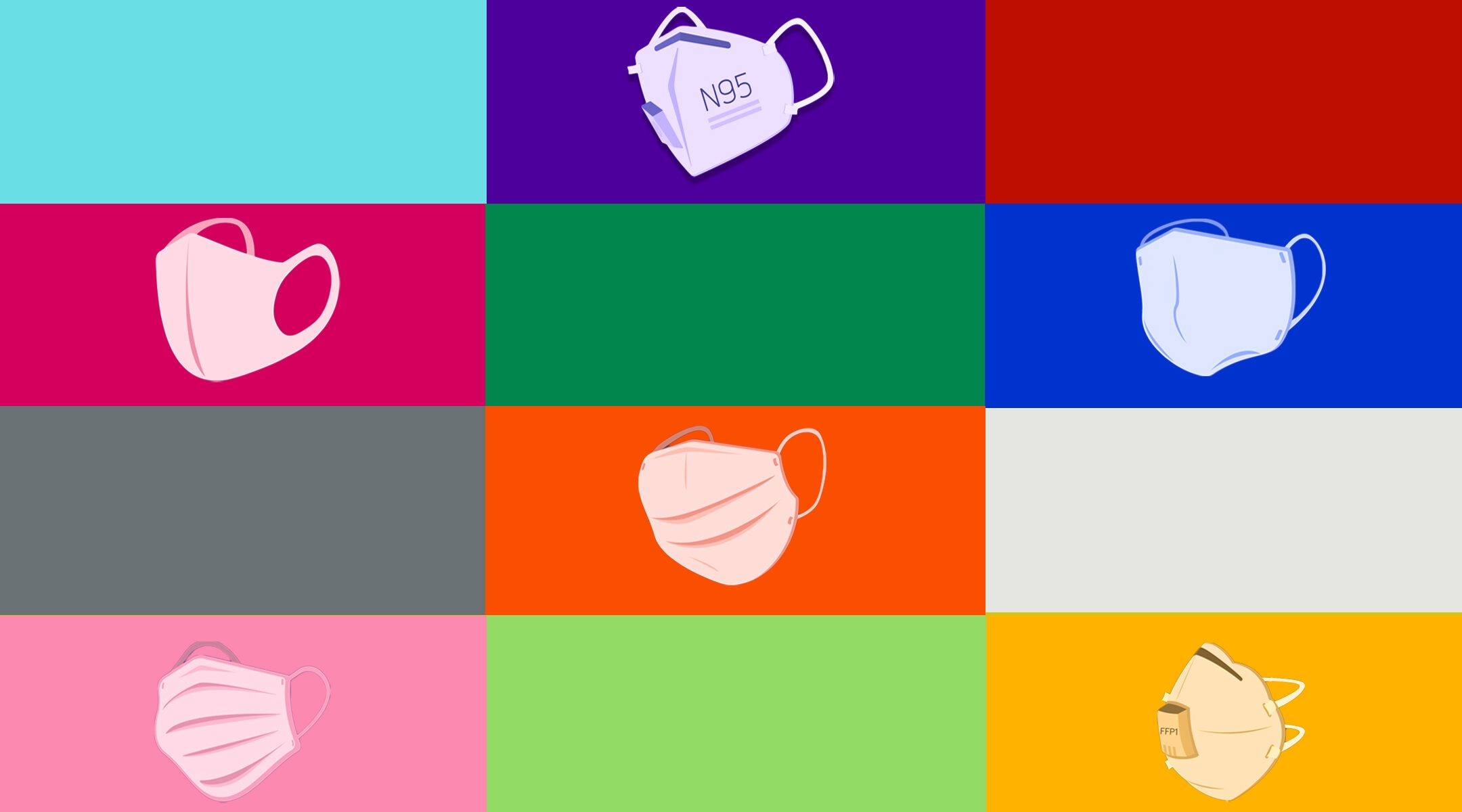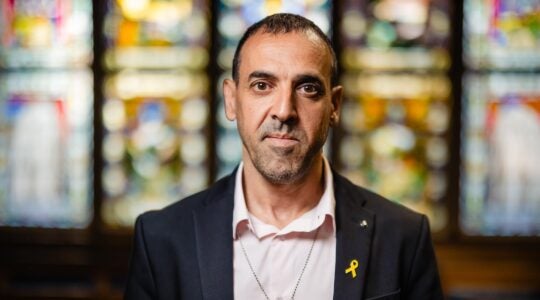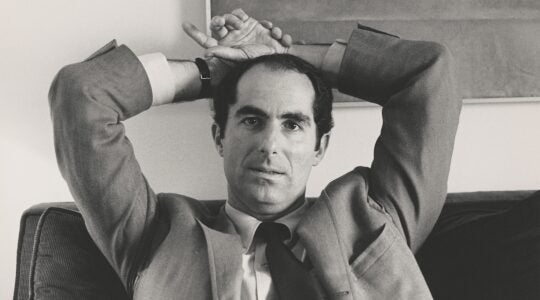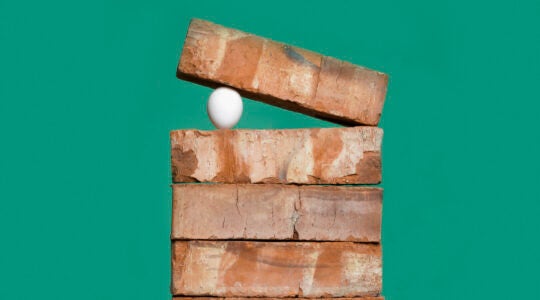Text Messages is a column sharing wisdom from the weekly Torah portion produced with The Jewish Week.
(JTA) — One year ago, in the days leading up to Purim, my co-workers and I were understandably tense. The novel coronavirus, still quite novel to the United States, had prompted a slew of difficult questions. Was it wise to hold our planned holiday gathering at a nightclub in Brooklyn? Would our staff and congregation feel safe? Would this holiday, arguably the most jubilant of our calendar, feel joyous at all or just nerve-wracking?
We made the choice to go forward with our Purim party, knowing — on some level — that it would be our last opportunity to gather for some time. Everyone elbow bumped instead of hugged. We had hand sanitizer in more places than we could count. It was Purim, so of course there were masks all around, but none that would have stopped a droplet or aerosol particle. Back then, we thought the best way to stay healthy was by washing our hands incessantly.
Amazingly, Purim was fun. My underlying fear of COVID-19’s arrival took a small break. The next day, I took my last “normal” train from Brooklyn into Manhattan to meet up with a friend visiting from Philly. The day after that I worked from home. The day after that I started my morning with my regular shift at the Park Slope Food Coop. Hours later I learned that a colleague (ironically, the one who had dressed as Queen Purell on Purim) was showing symptoms of COVID-19 and was being tested. Our whole staff began to quarantine. Days after the holiday full of topsy-turvy fun, the world turned upside down.
It’s been 50 weeks since then. 500,000 Americans are dead. The grief is nearly unspeakable. The world is still upside down. So much has shifted: our manner of socializing, the sort of work deemed most essential — certainly the way we engage in ritual. We’ve even changed our clothing, hiding hands and halves of faces from the world. Like Queen Esther, hiding her identity as a Jew until the time was right, we are hiding our full selves from the world, in body and in garb, for the sake of our people.
Our tradition knows something about sacred garb. In this week’s Torah portion, Tetzaveh, the Israelites have already left Egypt, received the Ten Commandments and begun the work of planning to build the Tabernacle, the Israelites’ transportable sacred space. It’s quite the undertaking, with materials ranging from acacia wood to gold to (yes) dolphin skins.
As part of that work, God instructs the Israelites to make special garments for Aaron, the high priest and Moses’ older brother. We read in Exodus 28:4: “These are the vestments they are to make: a breastpiece, an ephod, a robe, a fringed tunic, a headdress and a sash. They shall make those sacral vestments for your brother Aaron and his sons, for priestly service to Me.” In the verses that follow, the garments are described in great detail, from the materials to the exact placement of precious jewels representing each of the 12 sons of Jacob.
While we might assume that these garments are ceremonial and exist for the purpose of honoring the priests, we learn at the end of the chapter that this clothing is, in fact, protective. The garments are to be worn when the priests put themselves in danger by entering the Tent of Meeting — the place where God’s presence dwells. According to Exodus 28:43: “[The garments] shall be worn by Aaron and his sons when they enter the Tent of Meeting or when they approach the altar to officiate in the sanctuary, so that they do not incur punishment and die.” In other words, these priestly garments are what we might call the original PPE.
Today, there are no Jewish priests like Aaron, nor is there a Tabernacle or Temple where they might serve their biblical function. Instead of relying upon designated leaders to attend to the sacred tasks, we all carry responsibility. In that sense, when each of us dons a mask, we embody the work of the High Priest Aaron, acting on behalf of our whole people. We embody Queen Esther, hiding a part of ourselves temporarily in order to serve our people in the long run.
It is not easy to hide ourselves from the world as we have this year. While this year’s virtual and socially distanced Purim celebrations can be fun, we’ll feel the loss of gathering to boo Haman and sharing hamantaschen side by side, of singing together during spiels, of the handshakes and hugs we’ve gone without for too long. Putting on a mask might feel reflexive now in a way that it would not have for most of us a year ago, but that does not make it easy.
Still, we can take comfort in knowing that our tradition holds us even as many of us keep physical distance from our loved ones and our Jewish communities.
This year, we have learned that the holy work of “pikuach nefesh,” of saving lives, requires each of us, and that it is work that we can all do. We just need to wear our sacred garb.
JTA has documented Jewish history in real-time for over a century. Keep our journalism strong by joining us in supporting independent, award-winning reporting.







